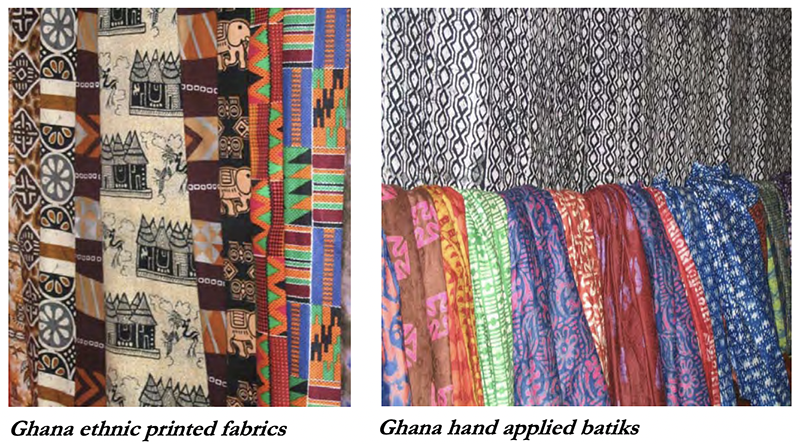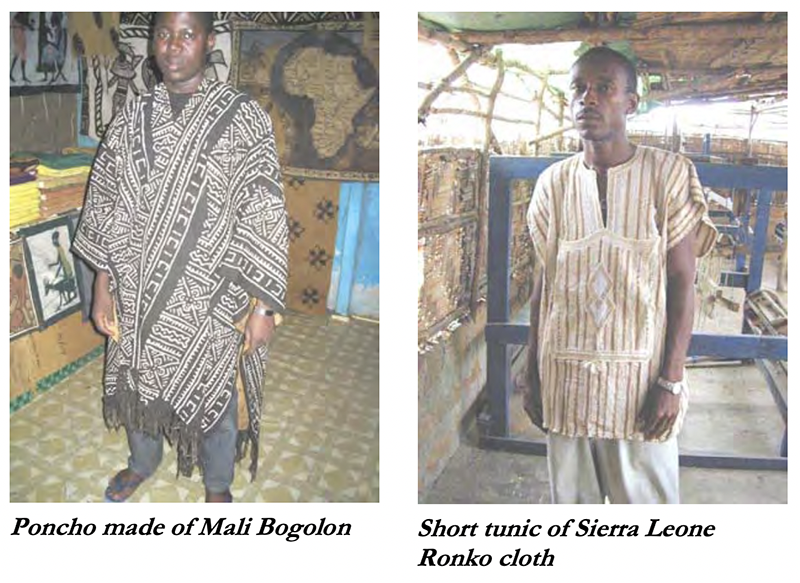What are AGOA preferences for the Category 9 handloomed / handmade / folklore and ethnic printed fabrics?
African exporters of certain handloomed, handmade, ethnic printed fabrics and folklore items may be able to export their products duty free under AGOA. Such exports are however subject to a country obtaining a special permission for Category 9 exports, named after the "Group 9" on the AGOA textile certificate of origin to which they relate.
Categories 1 to 8 represent mainstream garments of which production is basically industrial in nature, while Category 9 was added to encourage exports of small-scale cottage industry, handmade, folklore articles and ethnic printed fabrics from AGOA beneficiary countries.
These products become eligible through an application and bilateral consultation process between the applicant government (AGOA beneficiary's trade ministry) bilateral consultations between the government of an AGOA beneficiary country and the US government's the Committee for the Implementation of Textile Agreements (CITA).
Countries wishing to apply for Category 9 approvals should have already begun the approval process for the Textile Visa – the initial necessary step to become generally eligible for the textile benefits under AGOA.
Details of the relevant steps and the qualifying products are set out in this Guide.
To view individual countries' Category 9 authorisations, visit the AGOA.info country eligibility table here.
You can also view or download individual countries' Category 9 authorisations in the respective country sections.



